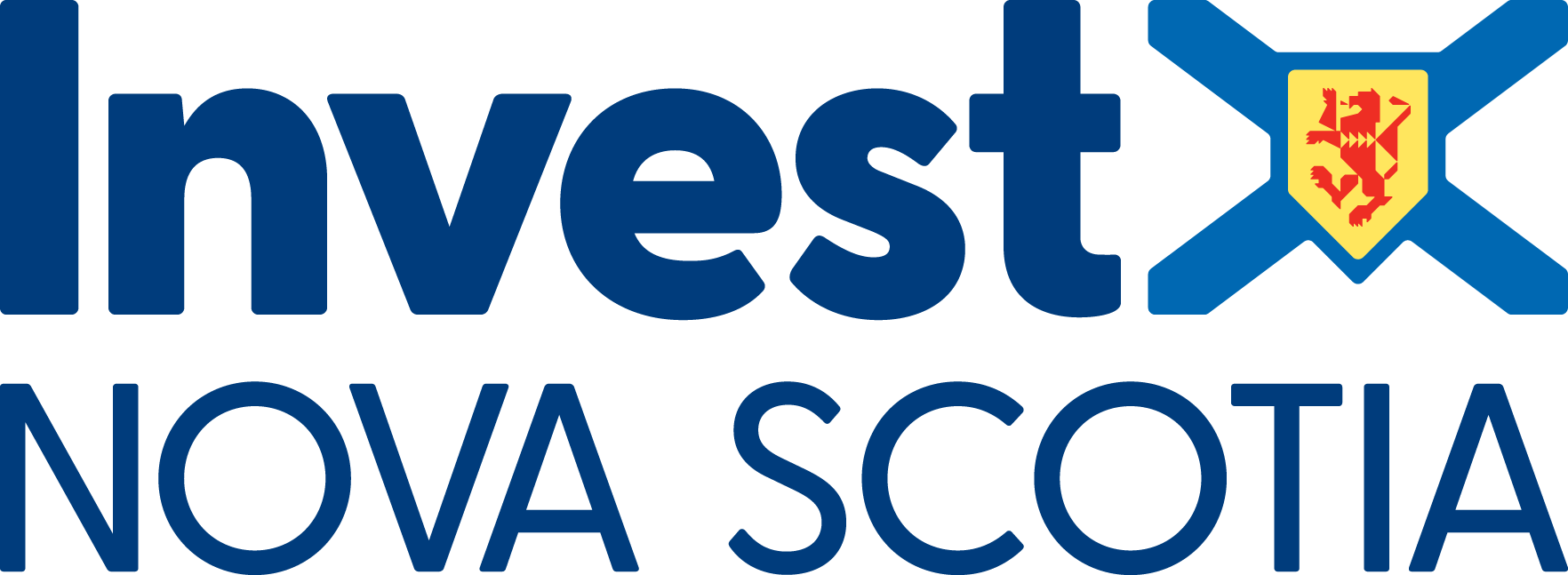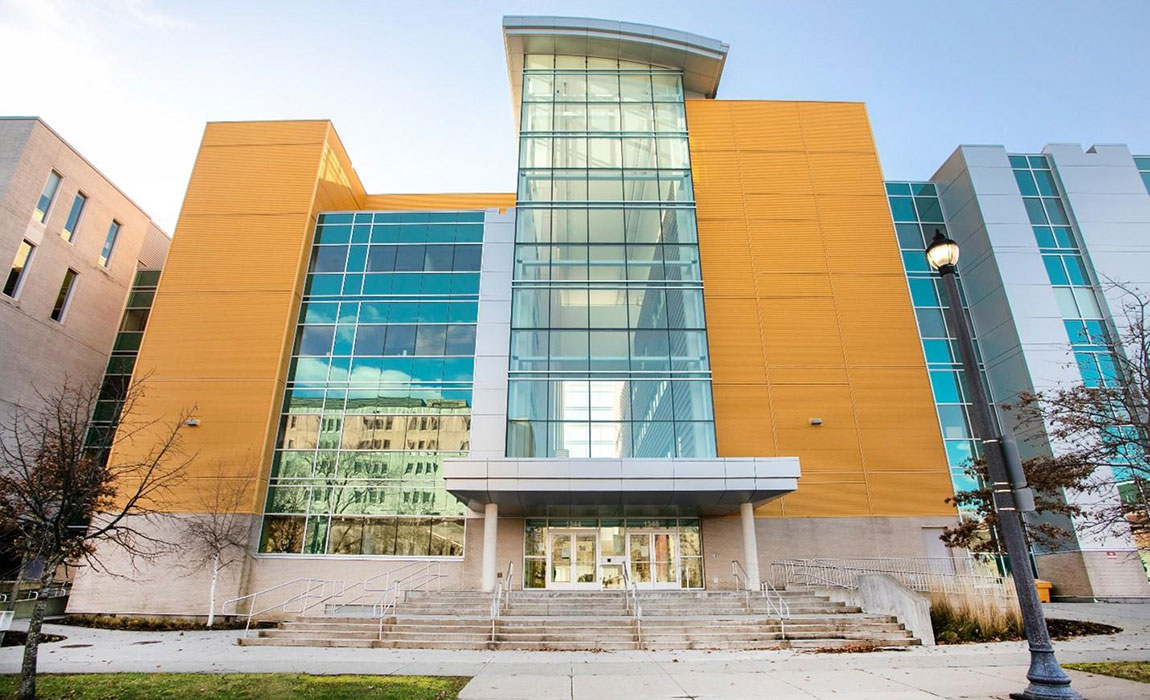Passive Design, Active Results: An architecture firm helps fight climate change
Thursday, April 29, 2021
If you’ve been following real estate and architecture, you may have noticed “passive design” has become a popular phrase in recent years, usurping the original “passive house.” The beneficiary of this global trending term? A small Nova Scotia architecture design firm, Passive Design Solutions.
Canada’s most experienced passive house design firm, Passive Design Solutions specializes in designing net zero homes. And their name is proving to be a key piece of their brand success.
“Passive Design is really just our company name, but it is actually becoming almost like Kleenex in a way, because people are referring to passive house design as passive design,” says Natalie Leonard, founder of Passive Design Solutions.
Passive house design uses the principles of “passive house,” an energy performance standard in a building which reduces the building’s ecological footprint. Originating in Germany, passive house is now a popular concept across North America.
“The purpose is to conserve energy first before adding any renewable technology to generate energy,” explains Leonard.
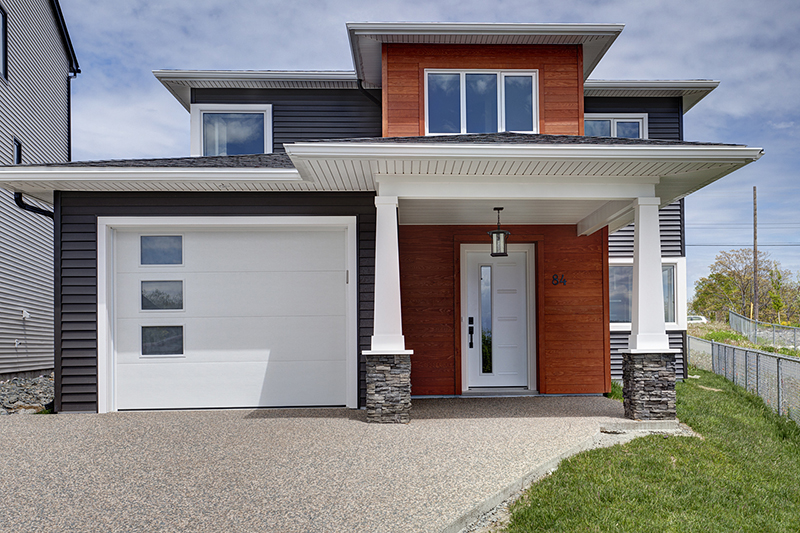
Enter Passive Design Solutions. The Nova Scotia-based company offers stock home building plans and custom architectural home design services to create energy efficient, low-maintenance homes.
How, exactly, are the homes energy efficient? Leonard says it comes down to two principles: good design and optimizing the building envelope.
“There are many things you can do in design – like window placements, overhangs for shading, using the sun for free heat in the winter – to optimize the efficiency without any costs,” she says. “And then we need to upgrade the building envelope: the assemblies, the insulation levels, the mechanical systems, the windows.”
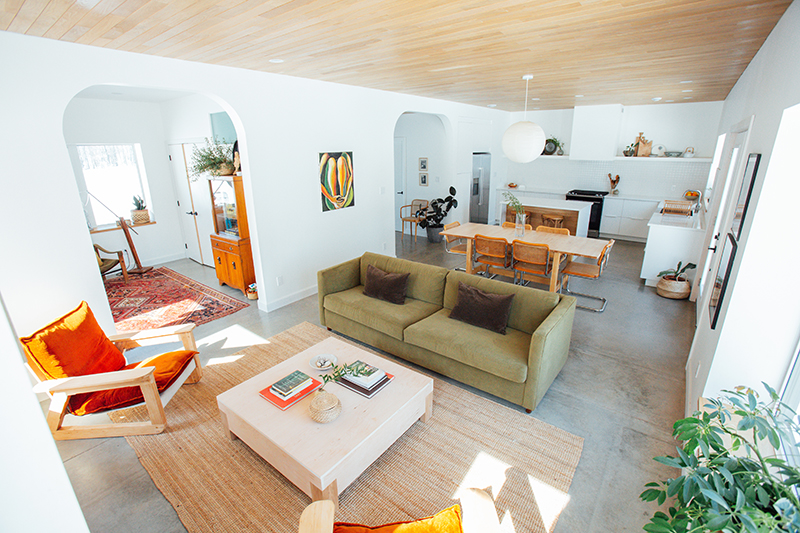
“If you can afford to build a new house, you can afford to build a passive design house, so why wouldn’t you?”
— Natalie Leonard, Founder of Passive Design Solutions
Building on the Foundation
Since its founding in 2009, Passive Design Solutions has completed more than 200 passive house projects, most of which are net zero or net zero ready. But Leonard says a lot of the company’s growth has come within the past three years.
After receiving entrepreneurship support funding from ACOA in 2018, the company decided to use the funding to focus solely on marketing its stock plan product.
“That was just a complete game changer for us,” says Leonard. Passive Design Solutions hired nine different consultants to advise on various projects – such as website, media placement, and CRM – and saw great results.
“We increased our web traffic and leads by more than 10 times, and we have doubled our sales each year.”
Leonard gives credit for this success to organizations such as Nova Scotia Business Inc., Centre for Women in Business, and the National Research Council, saying the entrepreneurship support and funding they offer has played a critical role in allowing Passive Design Solutions to access consulting and research services.
“We received funding from NSBI to do the consulting for the development of the initial website. And in 2019, I also did the Women-led Trade Mission to Boston with NSBI.” Leonard says her experience with organizations such as NSBI has also helped her locate other funding opportunities.
“We’re content experts, not entrepreneur experts,” she says. “I had been in business for eight years and not received one cent in outside funding. I just didn’t even know it was out there.”
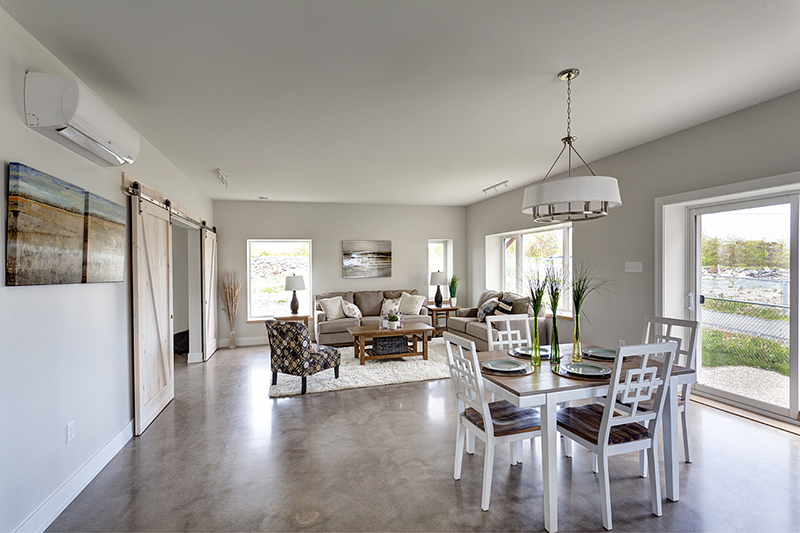
The COVID-19 Curveball
Moving into 2020, Passive Design Solutions was well-positioned to continue its growth. But with the arrival of the COVID-19 pandemic, things became a bit uncertain. While contracts fell through and web traffic plummeted, the company turned to emergency programs for support.
“The federal wage subsidy was really a life saver for us, because we lost so much business in that time frame.” Leonard says on average it takes approximately two years to bring an employee up to speed on the work they do, so being able to avoid layoffs in this period was key to their success.
While contracts fell through and web traffic plummeted, the Passive Design team got to work creating new stock plans. And pretty quickly, things picked up again.
“Through lockdown we started to see more and more interest,” says Naryn Davar-Timbre, Business Development Manager and Project Designer. “People were just in their houses thinking about next steps, uncertain, but as the months drew on, even knowing that the pandemic was going to persist was a kind of certainty, and suddenly everybody was moving, and that really led to the fall being where it was.”
Passive Design closed out 2020 by doubling its sales and is on track to double again in 2021.

And while the housing boom is certainly alive and well in Nova Scotia, it’s not necessarily where they’re generating their leads.
“All our growth has been in export,” says Leonard, noting they have projects lined up from coast to coast in Canada, with Ontario currently being their biggest market.
Blueprint of Success
Reflecting on the success of the past few years, Leonard notes that innovation has always been integral to the company. But for Davar-Timbre, the secret to Passive Design’s success goes beyond the product and work itself.
“One of the most innovative things about the company I’ve always appreciated is actually the company culture,” he says. “I think it attracts innovation and people who have an entrepreneurial spirit to how they operate. There’s a high degree of trust and generosity to the way in which Natalie chose to operate and grow the company which I think is quite unique and played a huge role in bringing us to where we are now.”
Davar-Timbre says Leonard has created a collaborative environment, where everyone’s ideas count. “It creates real engagement for the team.”

Looking ahead, the team is excited about expanding their work into different types of housing projects. They’re currently working to develop multiunit affordable housing projects, leveraging their single-family private home approach and applying it on a larger scale.
The first multiunit project falls under a rapid housing initiative program, in partnership with Adsum House for Women & Children, where they’re designing a multiunit development in Lakeside. The development includes four two-story housing unit buildings as well as a community centre, all designed and constructed with the passive house approach.
“We love making houses but being able to work on a project that is going to be net zero and be really good-quality housing for an underserved population just brings extra-special meaning to the mission of the project,” says Leonard.
“To see the investment in this quality of housing for some of the most vulnerable populations, it’s really a values alignment,” says Davar-Timbre.
And when it comes down to it, values have always been at the core of every Passive Design project.
“For me, it’s about doing our part for the planet, one house at a time,” says Leonard. “Yes, you will save money on your power bill, and it’s quieter and bright and sunny, but those are just side benefits for me to doing something to impact our fight in climate change.”
With space and water heating accounting for 81 per cent of residential energy consumption, Leonard notes that bringing passive house into the mainstream is one way in which she can make a substantial environmental difference.
“It can’t just be a boutique thing that people with buckets of money can afford to do. It has to be something that an everyday person with an everyday budget can afford to do, and that’s how we’ll really make a big impact on our contribution to the fight in climate change.”
Interested in learning more about how Nova Scotia Business Inc. could help your business? Connect with your Regional Business Development Advisor today.
